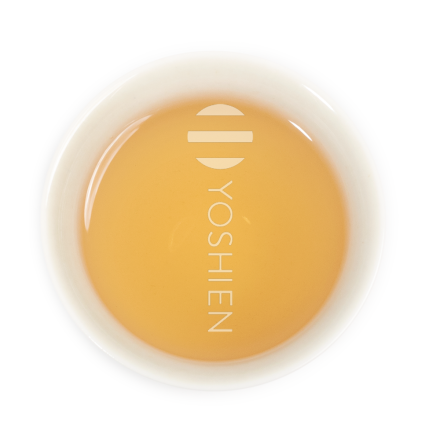Tea from Thailand
Cultivated from select cultivars and grown to EU organic standards, Thai teas are something of a hidden gem, offering remarkable quality for their price. We offer a wide range of premium teas from Northern Thailand, sourced directly from a certified organic heritage farm in Doi Maesalong.


















